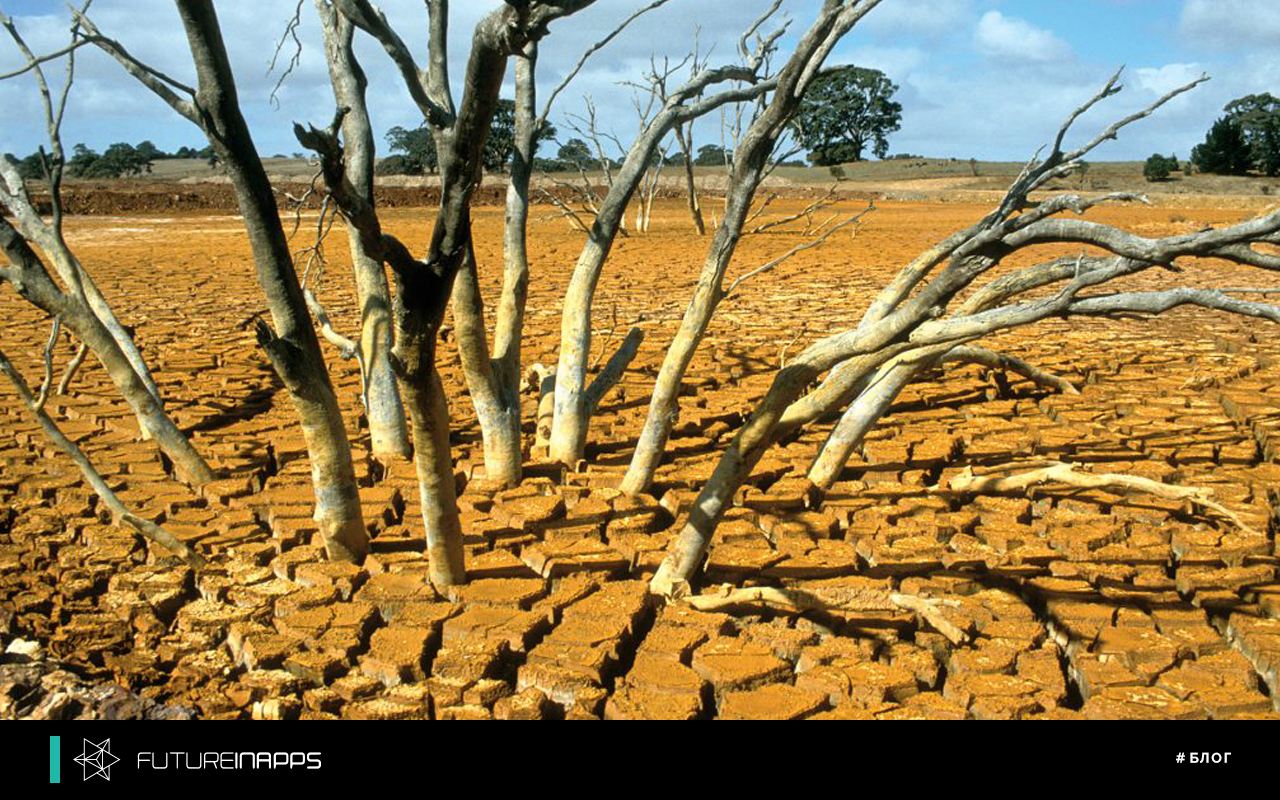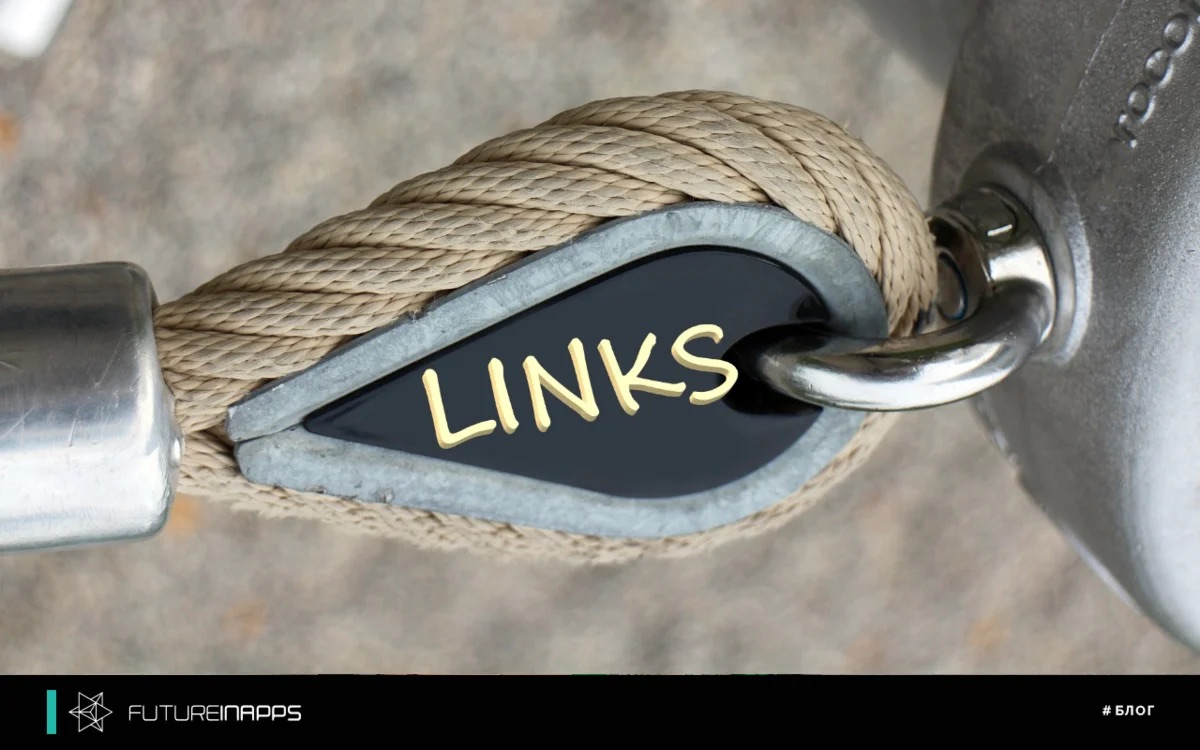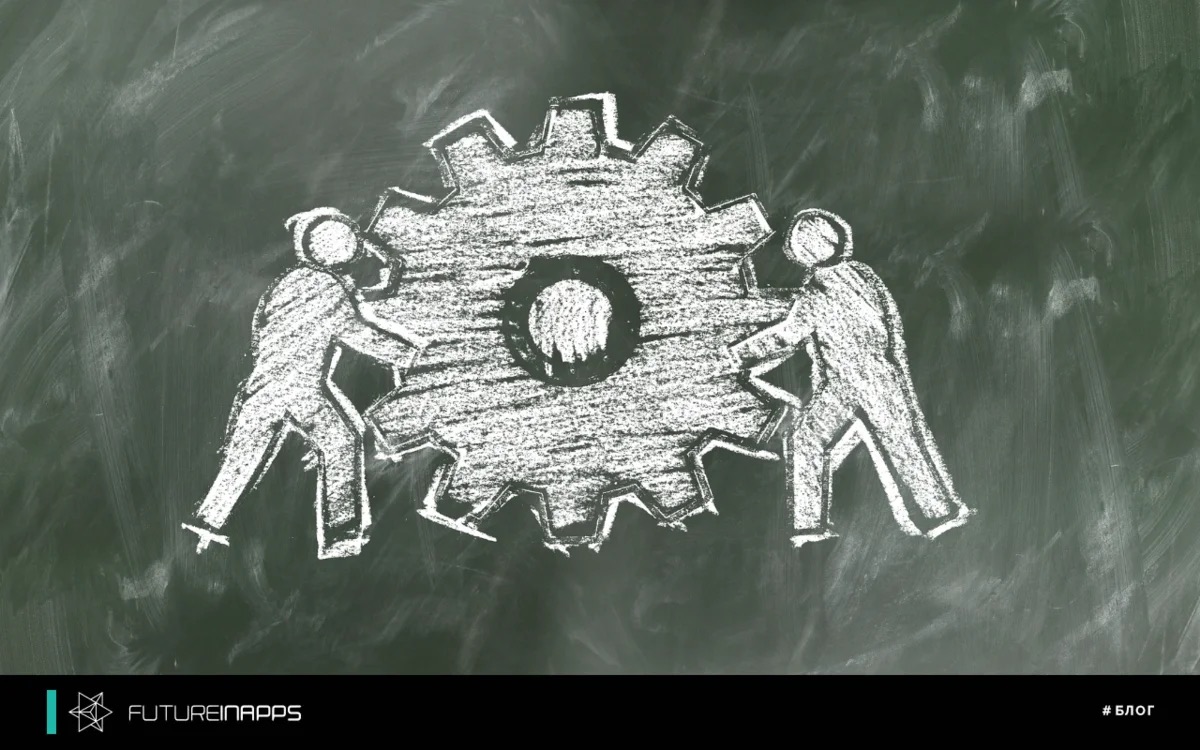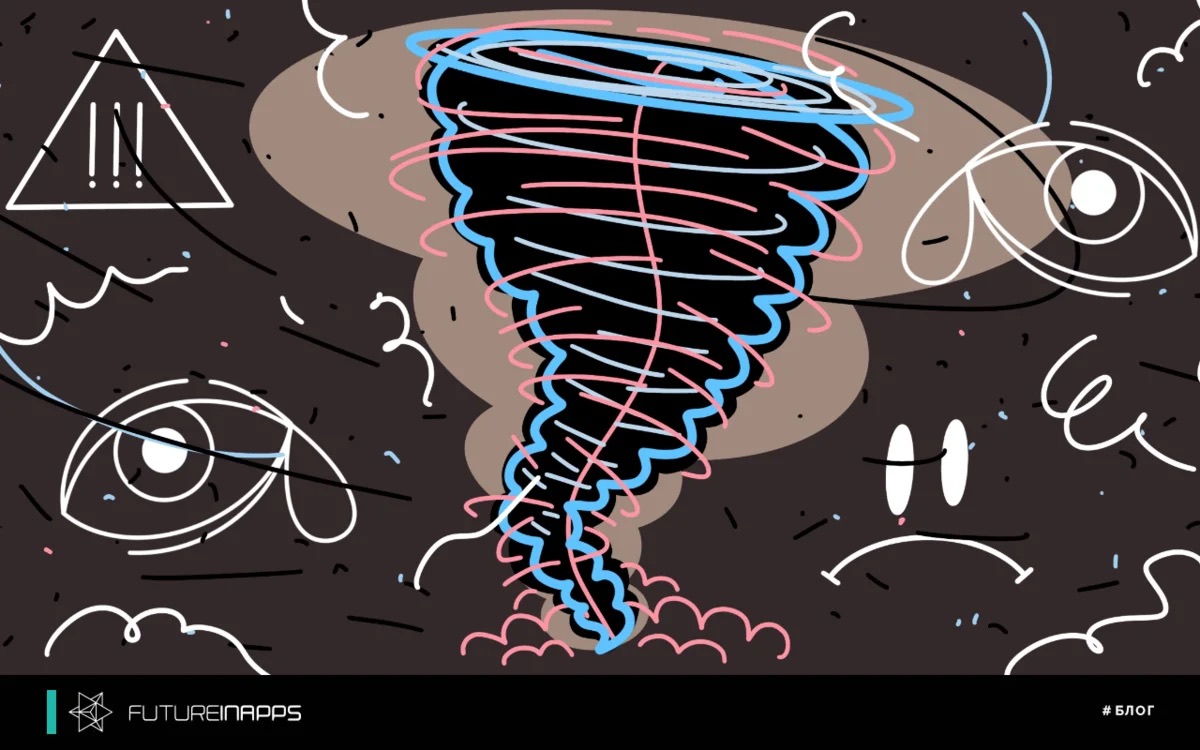We are starting a new column: “Internet of Things IOT”, which will talk about various Internet technologies that help humanity in everyday life and in production.
Researchers at the University of Connecticut have developed an economical and easy to install soil moisture sensor that provides a viable alternative to existing soil sensors.
Did the Tatarstan people know that this year, due to overmoistening of the soil, an emergency mode was introduced in the republic, as this problem did not allow harvesting in time. On the other hand, in neighboring Bashkiria, the emergency was associated with drought. It would be convenient to have an inexpensive gadget that would help agricultural producers determine the degree of soil moisture and take timely action!
Read also:
Mobile application for good deeds, public procurement and fans of the Game of Thrones!
In an effort to help agriculture regulate water consumption, a team of researchers from the University of Connecticut has developed a soil moisture sensor that is reported to be more economical than modern technology and easy to install.
“Advances in hydrology are constrained by the lack of data on soil moisture in place,” said Guilin Wang, author of the study and professor of civil and environmental engineering at UConn. “It is very difficult to track and measure things underground. The problem is that existing sensors are very expensive, and the installation process is very time-consuming. "
Indeed, CropX, an Ag analytics developer, recently unveiled its soil analytics platform, consisting of a combination of cloud software and state-of-the-art advanced soil sensor technology. Soil sensors and an intelligent platform integrate with leading irrigation systems to inform farmers when it is necessary to water certain areas of the field and how much water they need, through any smartphone, tablet or computer. A recent Beck's Practical Farm Research (PFR) report showed that CropX-based irrigation yields 16-24% more crop than manual irrigation.
All CropX sensors supported by the latest CropX soil exploration platform are available for as low as $ 600.
According to researchers at the University of Connecticut, it is expected that their sensors will reduce water consumption by 35% and will cost much less than existing sensors. Modern sensors, including those mentioned by CropX, cost between $ 100 and $ 1,000 each, while a sensor developed by UConn costs only $ 2. It is cheaper and provides better performance than collecting data from remote sensors, such as radars and radiometers on board satellites.
Researchers developed and tested the sensors on a university farm. In the UConn prototype, wires are connected from sensors to a tool that records data. Researchers conducted field tests of sensors - parallel tests with sensors that are already on the market in various environmental conditions over a 10-month period.
Soil moisture sensors are considered key points in agriculture. They are vital to balance crop production using water. In some states of the USA, for example, in Florida and California, the use of irrigation water is strictly limited.
Researchers at UConn are also working on a nitrogen sensor, which is the same model of water sensors. This will help farmers get information about when fields need fertilizer.
Futureinapps develops sophisticated IT products for every business need. Our concern is to connect any IT innovations to your business process, even if it is moisture sensors in the soil.







